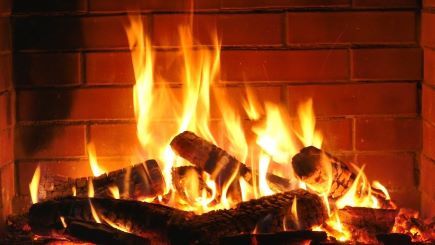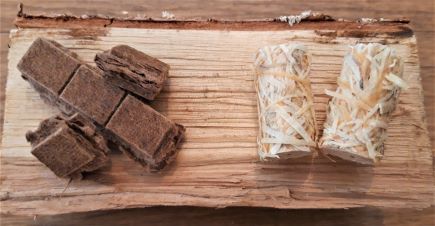How to Build a Safe Fire with Firelighters
There’s nothing quite like enjoying the great outdoors with a roaring fire, good company and a night sky full of stars. Building a fire is one of those things that you might sort of know how to do, but don’t really have to do it that often. Building a fire is actually quite simple, whether it’s a campfire or a cozy one in your living room. Here’s how to build a safe fire with firelighters.
What You’ll Need for Building an Outdoor Campfire:
1. A safe place to build your fire. If you’re outdoors, that means a fire pit away from trees and bushes. Select an open location for a campfire. Build the fire pit away from other items. Build about 10 feet (3.0 m) away from tents, trees, roots, overhanging bushes or dry leaves, and other flammable items. This is especially important if there’s no fire ring available. Sweep away loose twigs, sticks, leaves or roots. Underground roots can catch on fire in dry conditions. Do not place a fire near these. You don’t want to be starting any forest fires. Also, if you’re at a campsite, double-check that fires are permitted in the area.
2. Matches. Obviously, you’ll need these to start the fire. Best to use long safety matches, because, well, it’s in the name, they are safer.
3. Tinder/Firelighters. This is what you’ll use to start your fire. Outdoors, this means small, dry sticks and twigs, or firelighters do the trick. We prefer Woodabrix Firelighters, as they are eco-friendly, compact, mess-free and don’t smell of petrol. Put some tinder in the center of your fire pit.
4. Kindling. This is wood that’s slightly larger than tinder, usually a bit less than an inch in diameter. This will burn easily and get your fire going. Make sure this is dry. Stack your kindling on top of the tinder in a “tepee” structure. Make sure to leave an opening on the side you’re going to light. Take your matches and light the firelighters.
5. Logs. Usually a few inches in diameter, this is the wood that will go on your fire last, that’ll build it up to the right size and keep it burning for awhile. Again, you’ll want to make sure this is dry before you use it. As the fire burns, you can gradually add logs and larger sticks.
6. Water. But make sure you have some water handy to put out the fire when you’re done. Only you can prevent forest fires. Always be watchful of small children and pets nearby, never leave your fire unattended. Be sure to put out your fire completely when you’re done!
Note that lighter fluid is nowhere on the list. It’s looked down on by many as dangerous, and frankly, you just don’t need it. At best, you’ll have some weird tasting marshmallows, and at worst, you could burn down your clothing or tent.
That’s it! You should have a roaring campfire in no time, and if you’ve remembered to save a few of those sticks, you can get your marshmallow roasting on.
Follow us on: Pinterest and Facebook
How to Build a Safe Fire with Firelighters Read More »


